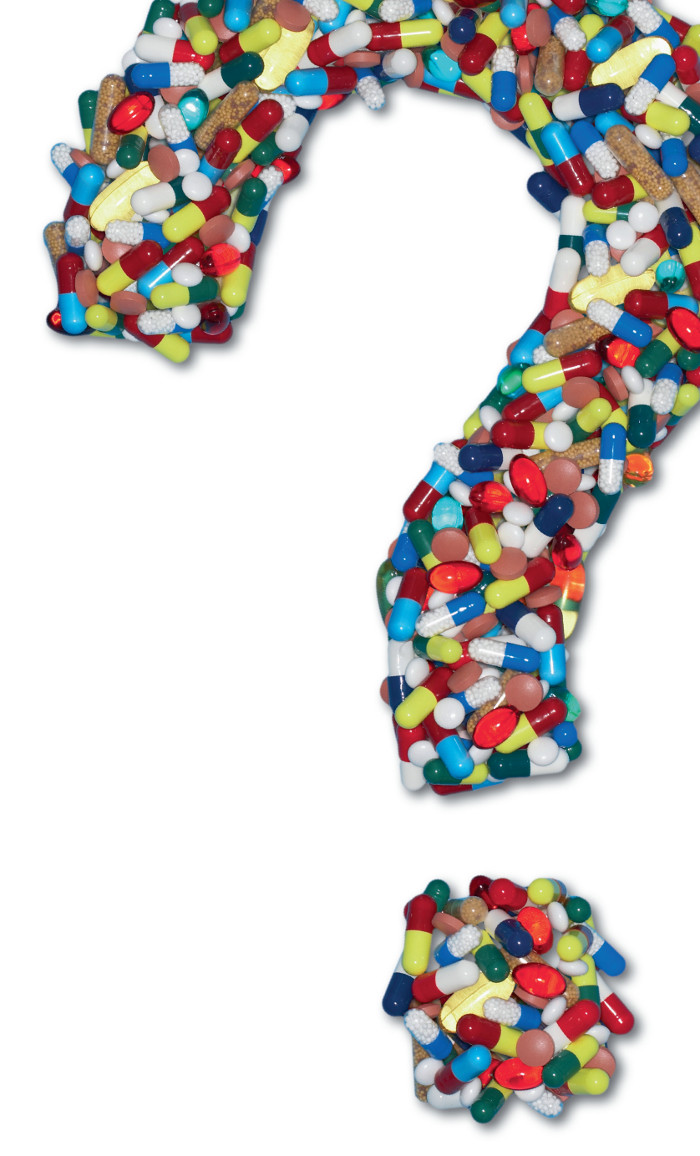Views

Not what was intended?
In Views
Bookmark
Record learning outcomes
Price and clinical effectiveness are not the only factors when prescribing and dispensing these days, suggests Noel Wicks
 Have you ever come across the law of unintended consequences? If you’re not entirely sure what this ‘law’ is, then let me enlighten you. It refers to outcomes that are not the ones intended by a purposeful action.
Have you ever come across the law of unintended consequences? If you’re not entirely sure what this ‘law’ is, then let me enlighten you. It refers to outcomes that are not the ones intended by a purposeful action.
There are some interesting examples out there of unintended consequences. There’s lots around the introduction of wildlife into areas they weren’t indigenous to, often with catastrophic repercussions – the rabbits and cane toads in Australia are two that instantly jump to mind (no pun intended). In 1990, the Australian state of Victoria made wearing safety helmets mandatory for all bicycle riders.
This led to a reduction in head injuries, but also a reduction in children riding bikes. It wasn’t cool to wear a bike helmet in the Nineties, especially in Australia, where it could seriously interfere with your mullet hairdo. What’s interesting in this last example is that while the number of serious injuries decreased, the risk per cyclist actually increased proportionally due to the reduced number of people cycling.
It was also found that the decrease in exercise levels after this law was introduced led to a net health decrease. Is there something to be learned from all this – other than in 1990 it was healthier to have a mullet than a helmet when cycling? I think there may be a lesson to be gleaned in there somewhere for our colleagues in the pharmaceutical industry.
In recent weeks, I’ve noticed a growing trend in companies marketing prescription products specifically on the back of their availability.
This could be either in terms of being an alternative to a commonly rationed item or even just a good track record of not dipping in and out of availability. In some cases products are specifically being brought to market to plug the gaps created by the lack of availability of others.
While this isn’t an entirely new concept, perhaps what is new is the importance this has in influencing product choice. Could it be that product supply is now equally as important as price and clinical effectiveness? When the repercussions of quotas and stock levels continue to cause numerous headaches, I would imagine that there are a number of stakeholders, including prescribers and pharmacists, who might leap at the opportunity of choosing something that promises uninterrupted availability.
So, are we seeing the beginnings of some unintended consequences for the pharmaceutical industry? I think this could well be the case, even more so for those lines restricted by quotas. I do wonder if, perhaps, a bit like the bicycle helmet example above, the very people wishing to protect their products may inadvertently have created their own greatest threats. It’s certainly something to muse over.
